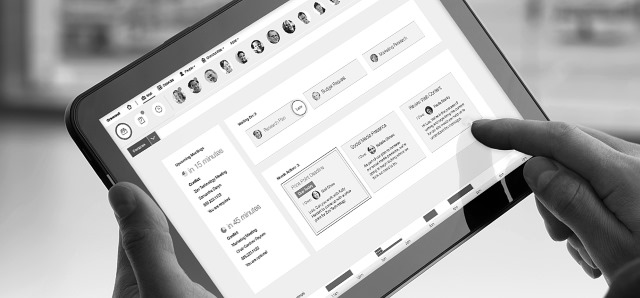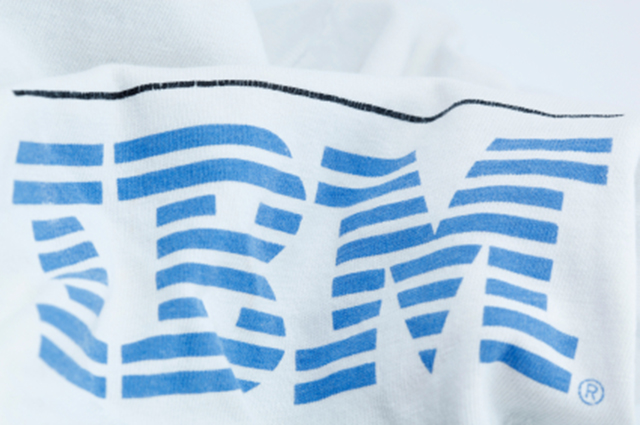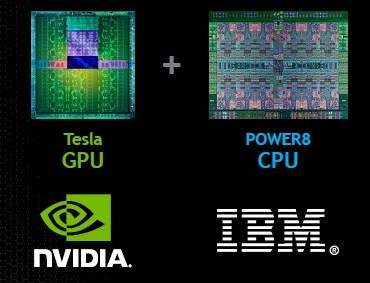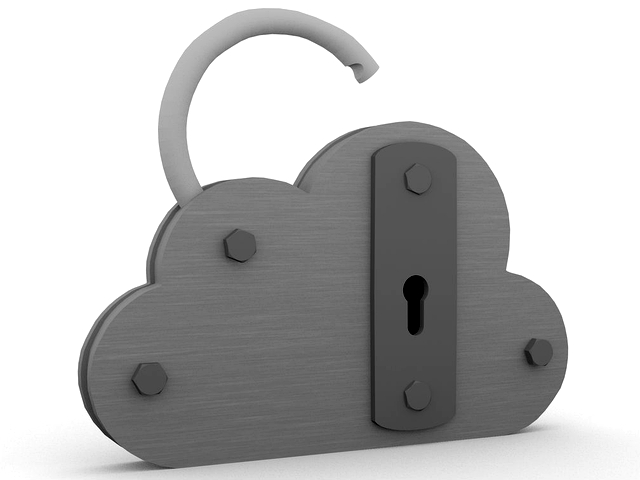
IBM Verse aims to transform email with advanced analytics and a social focus
There are now many names vying to control your inbox. It is not enough to have your email delivered to the inbox of your choice now the battle is to present email in the most understandable, the most accessible, and the least cluttered way possible. IBM Verse is the latest kid on the block, as it looks to divert attention away from Google Inbox and Microsoft Clutter.
Billed as a "new way to work", IBM Verse is more than just another inbox tool -- it is a combination tool that manages email, tasks, collaboration and more. It clearly has enterprise markets in its sights as it brings communication, tasks, sharing and social features under one roof. To further differentiate it from other comparable services, IBM Verse uses advanced analytics to completely tailor itself for individual users.

IBM and Twitter join forces to improve enterprise decision making
Twitter provides a unique window into public thinking and that can be useful for businesses, not only to see what people are saying about them but also to get an insight into market trends.
In order to help enterprises understand their customers and markets, IBM and Twitter have announced a partnership that will allow Twitter data to be used in IBM's cloud-based analytics platforms.

How to fix IBM
Given IBM’s earnings miss last week and the impact it had on company shares I thought rather than just criticizing the company it might make better sense to consolidate my ideas for how to fix IBM. Here they are.
Early in his tenure as CEO, Sam Palmisano made changes that created IBM’s problems today. IBM customers are buying fewer products and services. Revenue has dropped each quarter for the past ten. Sam’s changes alienated IBM customers, many of whom are ending what has been in many cases a multi-decade relationship. No amount of earnings promises, no amount of financial engineering, will fix this problem.

IBM and Microsoft team up to offer greater hybrid cloud choice
One of the problems that enterprises often see in implementing cloud computing is that they risk getting tied into a single supplier for software and platform.
This is leading to more interest in 'hybrid cloud' solutions which allow the mixing and matching of features from different suppliers. Today industry giants IBM and Microsoft announce that they're working together to provide their respective enterprise software on Microsoft Azure and IBM Cloud.

Ginni comes to her senses, but too late for IBM?
This week, of all weeks, with IBM seemingly melting-down, you’d think I’d be writing about it and I have been, just not here. You can read two columns on IBM I published over at forbes.com, here and here. They are first day and second day analyses of IBM’s earnings announcement and sale of its chip division to GlobalFoundries. I could publish them here three days from now but by then nobody will care so instead I’ll just give you the links.
One thing I can do here is consider the way IBM CEO Ginni Rometty is spinning this story. She was all over the news on Monday repudiating the 2015 earnings target set by her predecessor Sam Palmisano and more or less claiming to be a victim -- along with the rest of IBM -- of Sam’s bad management. Well she isn’t a victim. Ginni was an active participant in developing the Death March 2015 strategy. And as CEO -- now CEO and chairman -- it’s laughable to contend, as Ginni apparently does, that she has been somehow bound by Sam’s bad plan.

IBM's Power8 servers are less than meets the eye
Two weeks ago IBM told the IT world it was taking on Intel in the battle for server chips with new Power8 processors incorporating advanced interconnection and GPU technology from NVIDIA. This followed an announcement earlier in the year that Google was using Power8 processors in some of its homemade servers. All this bodes well for IBM’s chip unit, right?
Not so fast.

IBM and Bancroft team up for a specialized cloud-based education program
IBM has announced a partnership with Bancroft, a provider of specialized services for individuals with intellectual and developmental disabilities, which will supply a cloud-based educational program.
The collaboration will enable staff and students to access more than 300 educational and clinical applications securely via an iPad.

PVU, ILMT, LPAR, IPAA and IPLA -- IBM's licensing jargon decoded
Software licensing jargon used by the different software vendors makes up some of the most complex and potentially confusing terminology to have emerged from the technology industry. As one of the biggest vendors of all, IBM creates more than its fair share of confusion amongst enterprises and has developed some of the most complex software licensing metrics and compliance requirements.
It is essential to be on top of IBM's licensing jargon because its software is so prevalent in the datacenter (and everywhere else). So what are the key terms and acronyms that anyone charged with managing IBM software needs to know?

IBM and Intel offer new security features to improve confidence in the cloud
IBM has announced that SoftLayer will be the first cloud platform to offer customers bare metal service that provides monitoring and security down to the microchip level.
Working in combination with Intel's Trusted Execution Technology (TXT), the security platform will help businesses determine if a workload from a known location on SoftLayer infrastructure is running on trusted hardware.

IBM: Watson, go help those nice scientists with their research
IBM's Watson supercomputer is set to tackle scientific research head-on after being re-programmed to analyze big data in the cloud.
Currently, the testing of scientific hypotheses and theories often takes days or months of arduous work, but with Watson's Discovery Advisor program, this can now be carried out at a significantly faster rate.

Server market grows -- but not by much
The second quarter of 2014 saw server shipments grow by 1.3 percent and revenue by 2.8 percent according to the latest figures released by Gartner.
Most regions showed some growth with the exception of Eastern Europe, Japan and Latin America. Eastern Europe fell 5.6 percent in units shipped and 1.6 percent in vendor revenue, Japan declined 4.3 percent in units and 2.5 percent in revenue, and Latin America dropped 16.5 percent in units but managed to produce a vendor revenue increase of 6.7 percent.

IT pacesetters turn to citizen developers to fill skills gaps
The pace of development in IT often means that demand for certain skills outstrips supply. A new study by the IBM Center for Applied Insights shows that enterprises are increasingly turning to "citizen developers" -- industry professionals operating outside enterprise IT -- to fill the gaps and drive innovation.
The survey finds that 40 percent of organizations still report moderate to major skills gaps in areas like cloud, mobile, social and analytics technologies.

IBM patent lets enterprises choose the location of their cloud data
IBM has developed a technique that should help enterprise firms manage where their cloud data is stored.
The technology could help businesses to comply with regional legislation regarding cloud content.

IBM signs landmark cloud computing security deal in China
In a country where state-owned enterprises are increasingly rejecting foreign technology that pose "security risks," IBM has revealed it will be helping bolster the security of a Chinese financial data firm using cloud-based risk analysis.
It's a significant move that executives are hailing as a model for future business in China, encouraging the country to embrace foreign technologies rather than shunning them.

BlackBerry: Apple and IBM partnership is like 'two elephants dancing'
BlackBerry isn’t losing any sleep over the recent enterprise tie-up between IBM and Apple as their CEO John Chen compared it to a couple of large mammals taking to the dance floor.
Chen, talking to the Financial Times, likened the partnership to when "two elephants start dancing" and thinks that the firm he is slowly rebuilding has enough in the bag to compete with anyone that challenges it in the enterprise market.
